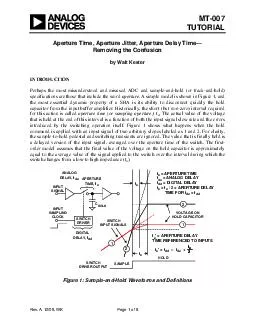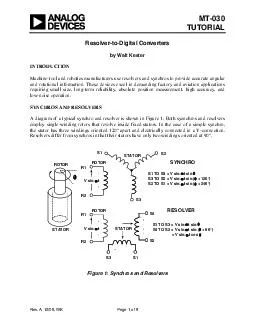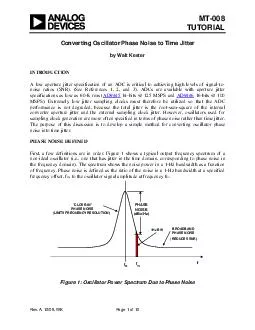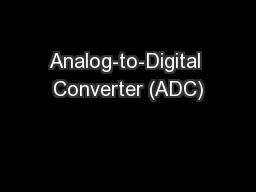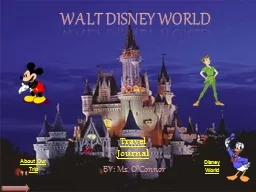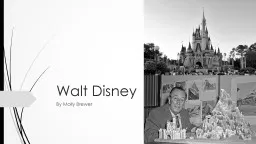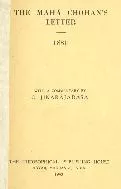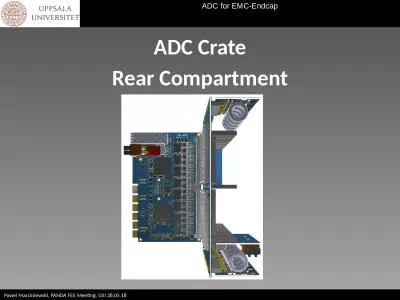PDF-MT TUTORIAL Aperture Time Aperture Ji tter Aperture Delay Time Removing the Confusion
Author : pasty-toler | Published Date : 2015-02-17
A simple model is shown in Figure 1 and the most essential dynamic property of a SHA is its ability to disconnect quickly the hold capacitor from the input buffer
Presentation Embed Code
Download Presentation
Download Presentation The PPT/PDF document "MT TUTORIAL Aperture Time Aperture Ji tt..." is the property of its rightful owner. Permission is granted to download and print the materials on this website for personal, non-commercial use only, and to display it on your personal computer provided you do not modify the materials and that you retain all copyright notices contained in the materials. By downloading content from our website, you accept the terms of this agreement.
MT TUTORIAL Aperture Time Aperture Ji tter Aperture Delay Time Removing the Confusion: Transcript
Download Rules Of Document
"MT TUTORIAL Aperture Time Aperture Ji tter Aperture Delay Time Removing the Confusion"The content belongs to its owner. You may download and print it for personal use, without modification, and keep all copyright notices. By downloading, you agree to these terms.
Related Documents

